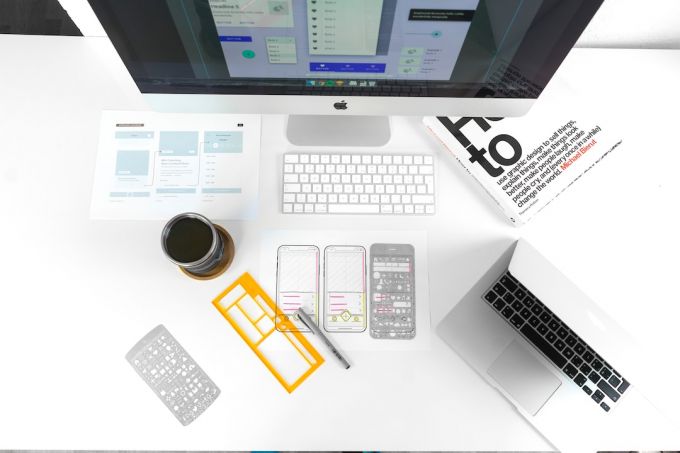Creating an inclusive and accessible design is crucial in today’s digital landscape. With the increasing use of technology in our daily lives, it is essential to ensure that everyone, regardless of their abilities, can access and use digital products and services. In this comprehensive guide, we will explore the key principles and best practices for designing with accessibility in mind.
Understanding Accessibility
Accessibility refers to the practice of making products, services, and environments usable by individuals with disabilities. This includes ensuring that people with visual, hearing, motor, and cognitive impairments can navigate and interact with digital interfaces effectively.
1. Consider User Needs
To design for accessibility, it is essential to understand the diverse needs of your users. Conduct user research and engage with individuals who have disabilities to gain insights into their experiences and challenges. This will enable you to identify specific design considerations and create solutions that address their unique requirements.
2. Use Clear and Concise Language
When designing for accessibility, it is crucial to use clear and concise language. Avoid jargon, technical terms, and acronyms that may be unfamiliar to some users. Use plain language and provide explanations when necessary to ensure that your content is easily understood by everyone.
3. Provide Alternative Text for Images
Images play a significant role in visual communication, but they can be inaccessible to individuals with visual impairments. By providing alternative text for images, also known as alt text, you can describe the content and context of an image. This allows screen readers to convey the information to users who cannot see the image.
4. Ensure Keyboard Accessibility
Not all users can rely on a mouse or touch input to navigate your interface. It is vital to ensure that all interactive elements, such as buttons, links, and form fields, can be easily accessed and operated using a keyboard alone. This is particularly important for individuals with motor impairments who rely on assistive technologies like switches or keyboard navigation.
5. Create Captions and Transcripts for Multimedia
Multimedia content, such as videos and audio recordings, should be made accessible to individuals with hearing impairments. Providing captions or transcripts for these media ensures that users can understand the content irrespective of their ability to hear. Additionally, it benefits users in noisy environments or those who prefer to consume content silently.
6. Design with Color Contrast in Mind
Color plays a crucial role in visual design, but it can also pose challenges for individuals with visual impairments. Ensure that there is sufficient contrast between foreground and background colors to make content easily readable for all users. This includes text, icons, and other visual elements within your interface.
7. Test and Iterate
Testing your design with users who have disabilities is a crucial step in ensuring accessibility. Conduct usability tests with individuals who rely on assistive technologies to identify any barriers or challenges they may face. Use their feedback to iterate and improve your design, making it more inclusive and accessible.
Conclusion: Embracing Inclusive Design
Designing for accessibility is not just about complying with legal requirements or ticking off boxes. It is about creating an inclusive and welcoming experience for all users. By embracing inclusive design principles and considering the diverse needs of your audience, you can create digital products and services that empower and include everyone. So, let’s strive to design with accessibility in mind and make the digital world a more inclusive place for everyone.





